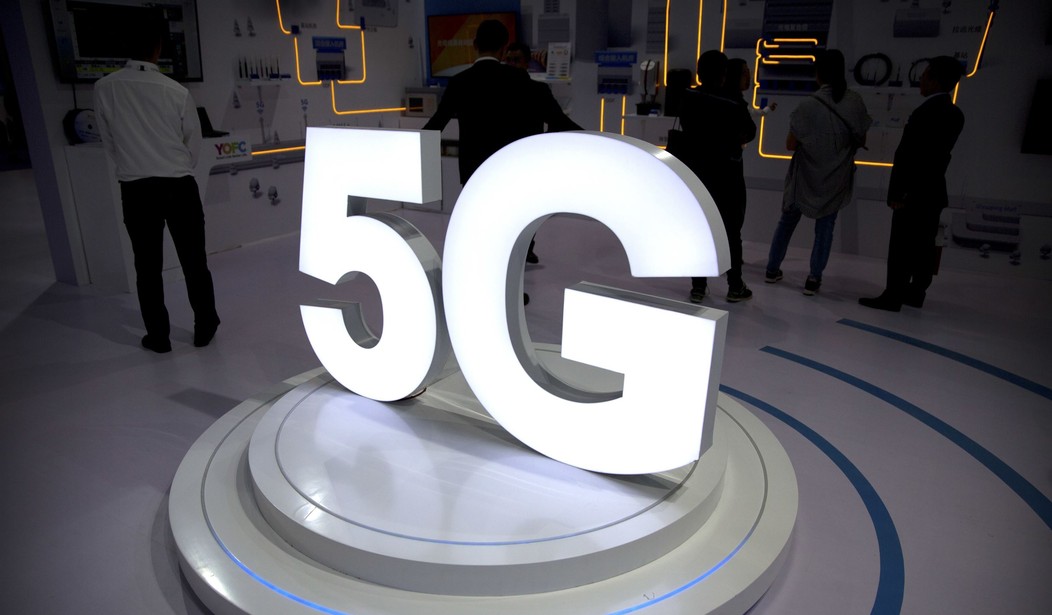It is increasingly clear that the U.S. is facing an imminent shortfall of licensed spectrum. If left unchecked, such a shortfall could undermine American leadership in the wireless landscape and deprive Americans of many benefits they have come to know and enjoy. A new report reveals just how big of an impact failing to resolve this issue could have on the American economy.
Published by information technology company Accenture, the report predicts that allocating internationally harmonized (Internationally agreed upon allocations) mid-band spectrum for 5G could unlock more than $200 billion for the U.S. economy over the next ten years. That includes $23-44 billion in expected cost savings in higher-quality wireless technologies and another $125-155 billion in economic benefits from industry innovation and job creation. Unfortunately, American consumers and businesses stand to lose out on these benefits if the U.S. fails to act quickly to harmonize its approach and develop a robust spectrum pipeline that contains ample amounts of licensed mid-band spectrum.
Over the last few years, it has become increasingly apparent that robust demand for licensed mid-band spectrum may soon outstrip supply. The band’s unique mix of properties, such as speed and geographic coverage, makes it perfect for 5G and future 6G networks and the wide range of market innovations they make possible. Unsurprisingly, a hunger for faster speed, performance, and improved device capabilities by consumers and businesses is pushing network capacity to the breaking point. A recent report found that U.S. wireless data traffic increased by as much as 38 percent between 2021 and 2022 alone and is expected to continue. The Brattle Group now estimates that by 2027, the U.S. will have a spectrum deficit of nearly 400 Megahertz (MHz), which will triple to 1400 MHz by 2032.
Recommended
Perhaps more concerning, the U.S. is quickly falling behind the rest of the world in identifying more of this scarce resource. While the U.S. has traditionally been a leader in licensed spectrum, it has recently fallen behind in the critical mid-band range. An inability to identify and repurpose enough mid-band spectrum for commercial use has allowed rivals like China to take a considerable lead in the amount of mid-band spectrum they make available for networks. Today, China has allocated 3.2 times more mid-band spectrum than the U.S. A similar imbalance exists between the U.S. and other nations, which is only expected to worsen in the coming years.
Fortunately, several steps can be taken to remedy this situation. In addition to restoring the Federal Communication Commission’s (FCC’s) auctioning authority – an important tool for distributing spectrum licenses – the U.S. can develop a spectrum pipeline that contains key mid-band frequencies that other nations are already aligned on and support 5G technologies.
Several spectrum bands are critical to getting the U.S. back on track and can serve as a blueprint for the future. Among these are the Lower 3 Gigahertz (GHz) band, the 4 GHz band, and the 7/8 GHz band. The Lower 3 GHz band is already utilized by countries abroad for their 5G networks and could serve as a workhorse for American networks as well. Research has also found that U.S. military systems can coexist with the band, and the Department of Defense has already spent time studying how it could be repurposed. The 4 GHz band, too, is increasingly utilized by other nations for licensed usage and is on the agenda for the next World Radiocommunication Conference (WRC) in 2027. Last, the 7/8 GHz band could also serve as an opportunity for the U.S., as the band is on the agenda for the next WRC and is included as one of two candidates (the other being Lower 3 GHz) for study in the National Telecommunications and Information Administration’s new National Spectrum Strategy Implementation Plan.
All three bands fall within the coveted mid-band range and could play a pivotal role in helping the U.S. align its approach to key 5G bands with other nations, unlocking the full benefits of spectrum harmonization. Harmonizing these bands would not only allow the commercial sector to enjoy greater economies of scale, thereby lowering the cost of products and services for consumers but also enable the U.S. to take advantage of first-mover advantages associated with investing in new and emerging technologies.
Wireless technology is critical to American innovation, job creation, and productivity gains. However, this can only happen if American leaders are willing to put in the hard work of freeing up more mid-band spectrum in these unique bands. The rest of the world has already begun to add additional licensed spectrum, and America cannot afford to become a global outlier. The issue is too important and the potential benefits too great.
Nate Scherer is a policy analyst with the American Consumer Institute, a nonprofit education and research organization. For more information about the Institute, visit us at www.TheAmericanConsumer.Org or follow us on X @ConsumerPal.


















Join the conversation as a VIP Member